Horse Massage Intro
Horse People of the Forest and Steppes
Relatively few western Europeans fully appreciate the value of the horse to the many nations, tribes and peoples that constitutes the great mass of population that exists from the Baltic to the Pacific. True, we may give some thought to the Mongol horde, riding from their homeland into the heart of Europe, Egypt and northern India. We may also think of the Huns and their fast moving tribes noted for their wagons and mobility, thanks to the use of the horse.
The peoples of this great land mass encompass many names, some familiar and others not so familiar. In the west, we have Poles, Lithuanians, Czechs, Serbs, Bulgarians, Hungarians, Russians, White Russians, Ukrainians. As we move further east, we come to Tartars, Turkumen, Kirghiz, Kalnuks, Kazakhs, Mongols and many, many more. The origins of these peoples are lost in time but undoubtedly their ancestors included the Scythian tribes that were reported on by Greeks and Romans, and to whom the invention of the stirrup is accredited.
The peoples of eastern Europe are, for the most part, now known as Slavs. This ethnic group has interspersed amongst it other ancient tribes – notably Hungarians, Lithuanians, Estonians and Eastern Finns. All these Slavic peoples have formed a bridge between western Europe and the east. Largely unknown to westerners the Commonwealth or Kingdom of Poland extended from the Baltic to the Black Sea. It was rich and opulent and formed a buffer that protected such countries as France and Austria from the invasions of Mongolian and later Muslim hordes. More than once, the rest of Europe was saved from massive invasion by the heroic struggles fought between the Slav peoples and their eastern neighbours. These huge battles were mainly fought on horseback. It was the cavalry of these nations that was so well known until recent times.
The Polish Commonwealth settled criminal communities along its eastern borders and granted freedom in return for military service. These were the Cossack communities. Polish lancers are world renowned, contributing their national colours of red and white to most lancer pennants even today, as well as their national head dress – the czapska or four cornered hat – which was adopted as a tribute to their prowess. Equally the dashing Hungarian hussars were complemented by the world in the adoption of their tight fitting uniforms. Even the German panzers were copies from the heavy cavalry of the Polish/Lithuanian union called pancernes.
Riding horses was second nature to these people and there is little doubt that their “horse doctoring” had to be of first class dimensions and practical value as more often than not, their lives depended on the speed, stamina and relationship they had with their mounts, whether riding one or a sting of remounts.
The interchange between these east European Slavs and their eastern neighbours contributed not only to the way warfare was conducted, but also to the breeding of horses. We must remember it is from these lands that we consider modern horses to have developed. It is thought that four primitive horses existed from the time of the Ice Age and that from these breeds, all modern horses developed. In the east, in central Asia, the Pzevalski horse was found. It probably provided the backbone for the breeding of what we may loosely call the Mongolian ponies of today. In eastern Europe, the Tarpan existed between the Asian steppes and the great forests. A debate still exists as to whether the Tarpan is extinct, preserved or restored. Today, some think that it still exists in its pure form in Poland. Either way, it has had a long association with the peoples that populated this area as had its cousin, the heavier, thicker legged, browsing forest horse found all over north eastern Europe, commonly called the Konik. These foundation breeds gave rise to a gene pool that not only encouraged horse breeding but also a love of horses. As anyone who has dealt with Tarpans will know, they respond badly to direction but respond a great deal to love!
Almost at the opposite end of the scale from sturdiness to beauty we find in the ancient deserts of the Middle East the oldest known breed of riding horse – the Arabian. Bred by the Bedouins and having a great capacity for endurance, the peoples of central Asia were mad about Arabians too. It is an unfortunate fact of history that the horse has been so tied up with warfare and the Arabian spread was as a direct result of the Prophet Mohammed in the 7th century, who encouraged the breeding of the Arab horse knowing that the religious battles to come would require steeds with exceptional qualities.
It takes little imagination to pool all these warring nations or horse soldiers to see that they became responsible not only for the development of cavalry tactics, armour and so on but also the specific breeding and care of the horse. We can think of some east European horses like the Streletz, which aristocratic breed we may fairly call the Russian Arab. Polish Arabs are known the world over. Even in the 16th century the Poles had a pure Arab stud with records going back to the very early 1500s. Strangely Polish thoroughbreds exist, based entirely upon the English thoroughbred. English thoroughbreds were introduced into Poland in the 19th century. In between we have the familiar Polish half bred – the back bone of the Polish cavalry and the peasant communities as they provided the work horse for most families.
Meticulous care has always been taken in eastern Europe to breed horses. The Polish half bred, by definition, has to have on at least one side of its pedigree either English thoroughbred, Arab or Anglo Arab blood.
The name Russian saddle horse or military horse was perhaps developed 200 years ago and is known as a Rostopchin. This elegant horse had little in common with the Russian steppe ponies which resembled the primitive horses noted above. These Cossack horses tended to be in the region of 13hh in size, but their small size carried 16 stone Cossacks from one side of the continent to the Pacific.
In the north west of Russia and in Lithuania, you might come across the Viatka, a northern forest type horse. Although having good speed, it is adept as a horse for small carts and troikas etc. Similarly, the Konik of Poland had its ancestry in the great forests of Poland and it is claimed that the Greek historian Heroditus wrote about this Polish wild pony.
All these types of horse have the outstanding qualities of hardiness, endurance and the ability to live on next to nothing.
The Klepper breed is reputed to have its origin in the Baltic countries of Latvia and Estonia and this breed has contributed to the blood line of the Viatka pony. Unsurprisingly the Tartars, Turks and their allies produced a variety of crosses that can be found in the eastern borders, Ukraine and further east in the mountainous regions of the Caucasus. This mixture of Mongol, perhaps Tarpan and perhaps other blood from Persian and Arab stock, has given rise to such romantic names as Karabakh which became a breed familiar to the Don Cossacks. Then there is the Karabair of Uzbekistan and the Kabarga, especially useful for pack work.
The Turcomans derived another breed – Iomud – which has a lot in common with the Akhal-Teke which is one of the most beautiful and ancient of breeds known to man. These horses are generally hand fed and are especially tended by their riders. Their colouration is especially desirable, a pale honey gold with black points.
The Don Cossacks on the borders of Tartary no doubt raided their neighbours to improve their own bloodstock to give us the saddle horse we call today the Don breed. This basic Cossack mount is perhaps the mainstay of our view of the Cossack romance.
Magyars or Hungarians have a strange placing. Surrounded by Slave, they seem to have come out of nowhere, settling in the ……… for horses ………. Hungary has been so invaded by Turks and tartars that the Hungarian work horse developed into a breed much used in the Austro Hungarian empire in its cavalry regiments. The Shagya breed is possible an Arab half bred. It was considered to be the best light cavalry horse in the traditions of Hungarian hussars. Lastly we cannot help but remember the great trotting heritage – the famous Orlov trotters of Russia.
You will have noted that nearly all the above have in common the qualities of endurance, hardiness and the ability to live on very little, and in close association with its rider. It’s hardly surprising that what we today would call grooming was part of the management or closeness of horse and rider. Today grooming is considered a way of making a horse look good and of cleaning – something that is done for show and undoubtedly has its role. The horsemen of eastern Europe, the steppes and central Asia had far more in mind than making a horse look good when they put their hands on their mounts.
When I was a youngster, my father – although an airman – was still very keen on horses and passed to me some of the traditions of my own family. He had learned many things about horses, not least of which was you can lead a horse to water but you can’t make it drink. In trying to prove that this old adage was untrue, he had his arm broken by a kicking cavalry mount. Hence, I believe, he turned to the cavalry of the air rather than the land! Nevertheless, he taught me the law of horses smelling things – smelling people, smelling me, scenting the air, interpreting the mood – perhaps the energy – surrounding them. He taught me how to touch a horse with firmness, how to explore its every muscle, what we today would call massaging a horse. Not grooming it but rather suppling it, caring for it, letting the horse know that we are in tune with it- using shoulder, head, arms, hands – uniting with the horse and making it feel good, making it relax. After all, every rider knows that a horse is a bundle of nervous energy!
Equally every blacksmith knows that whether a horse is large or small there’s a certain way to approach it, a certain way to run your hands down its leg, a certain way to lift the hoof. Have you ever wondered why such a large animal allows this to happen? Maybe you think it is a learned response but there is more to it than that. It takes a horse only once or twice to “give you” its hoof, to lift its leg at your behest. It’s the way that you do things. In western folk lore, blacksmiths were often considered magical and in Celtic lore were associated with the fairy world. Think of Wayland’s Smithy near the Vale of the White Horse at Uffington.
My family tradition, too, was in blacksmithing. Going back over a long period of time, then making cannons especially for the Napoleonic army and then the family tradition of the Horse Artillery. So for me it was a natural thing to feel the horse, to love the horse, to find out what was going on in a horse and let him or her know that we had an affinity, a closeness, that the animal gives to me and I give to the animal.
Once the horse was attended to, hand fed very often, hand watered, there was time to consider the rider and this brings us to the subject of human massage, the style of which we term Slavic Massage®. This is based very much on smooth flowing movements. It is soft and subtle, supportive, it is no more than an extension of the horse massage already carried out. When I first demonstrated this style of massage to an Estonian friend of mine, she promptly commented “Ah – I have seen this done by a Buryat”. This was really interesting as the Buryats are the tribes today most commonly associated with the Mongolian horses. So we can see how closely associated has been the style of massage from Central Asia right across to the Baltic Sea.
This massage improves the suppleness of the horse and contributes to its well being and endurance ability. The horse breeds that we have discussed above were mostly built for endurance, for long, hard, hot rides or virtual starvation in a cold winter. Stiff muscles needed tender loving care. They required comfort and thoughtfulness, all of which is embodied in this style of massage which bonds horse and rider into a perfect unity of performance and mind.
Today, science has helped us to understand the flared face or flehmen exhibited by horses. The head is thrown back, the lip is raised and the horse gives a sort of grimace and seems to scent the air. This action is to expose the ducts of what is called Jacobsen’s organ. This organ relates not just to the interpretation of scent but to the interpretation of emotion or excitement. The organ is built to interpret the most volatile of molecules, whether essential oils or pheromones. When we work on a horse, we sweat, we give off information. When we approach a horse, we sweat, we give off information. Never forget the old gypsy trick of giving to the horse your under arm odour. It acknowledges you, it understands what you are all about, your mood, how you feel about it. Riders working with horse aromatherapy are familiar with the way that horses will flehmen at many of the oils and absolutes that are offered to it. The horse is interpreting the meaning of those volatiles, it’s not just about food and nutrition. The air is full of messages, perhaps ones that we can’t interpret but it doesn’t mean that they are not there.
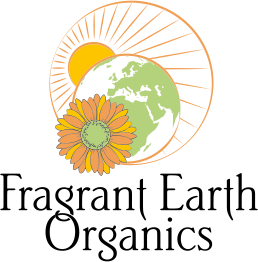
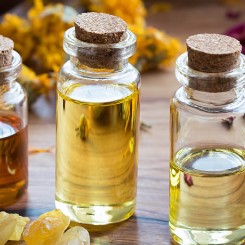 Essential Oils
Essential Oils
 Hydrolats, Hydrosols, Floral Waters
Hydrolats, Hydrosols, Floral Waters
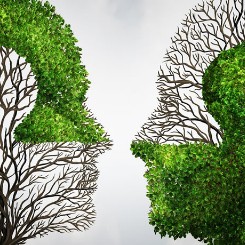 Synergies
Synergies
 Herbal Oils
Herbal Oils
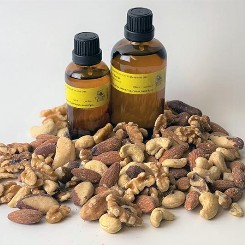 Vegetable Oils
Vegetable Oils
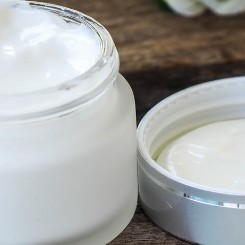 Bases
Bases
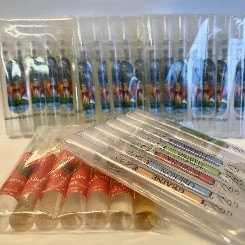 Books, Kits and Trial Packs
Books, Kits and Trial Packs
 Skincare
Skincare
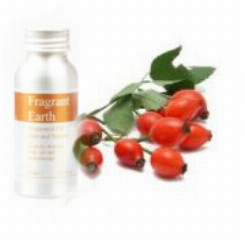 Body Care Oils
Body Care Oils
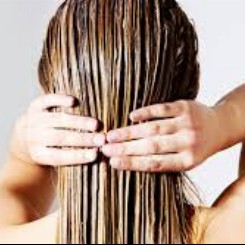 Hair Care
Hair Care
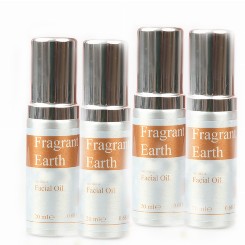 Facial Oils
Facial Oils
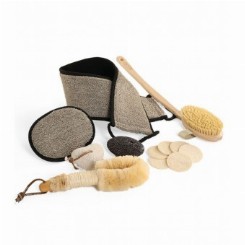 Eco Bath
Eco Bath
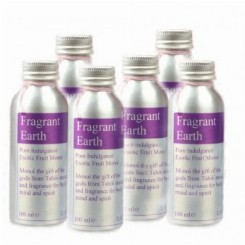 Pure Indulgence
Pure Indulgence
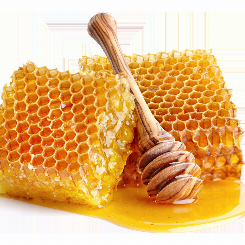 Honey, Beeswax & Propolis
Honey, Beeswax & Propolis
 Handcream
Handcream
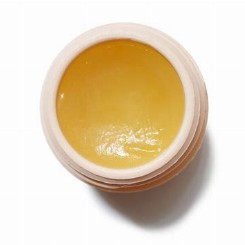 Balms, Salves & Ointments
Balms, Salves & Ointments
 Oral Care
Oral Care
 Feminine Hygiene
Feminine Hygiene
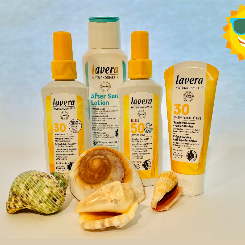 Sun Care
Sun Care
 The Walton Cat
The Walton Cat
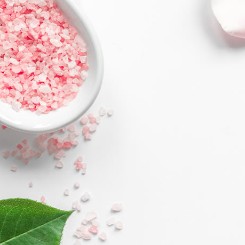 Bath Salts
Bath Salts
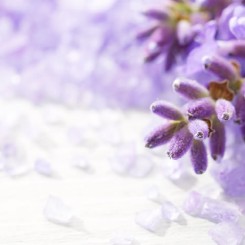 Somerset Lavender
Somerset Lavender
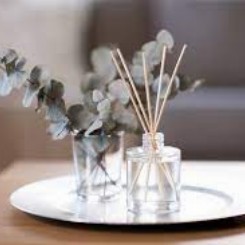 Diffusers
Diffusers
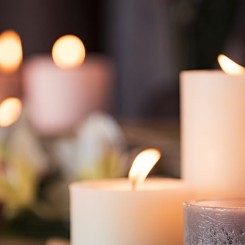 Candles
Candles
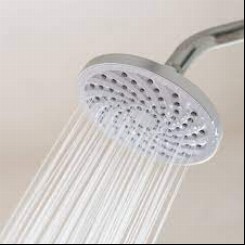 Shower Gel
Shower Gel
 Soap
Soap
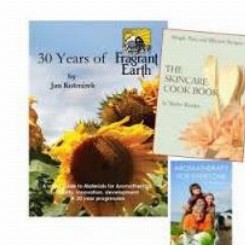 Books
Books
-245x-245x.jpg) Aromatic Waters
Aromatic Waters
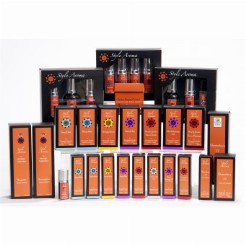 Style Aroma
Style Aroma
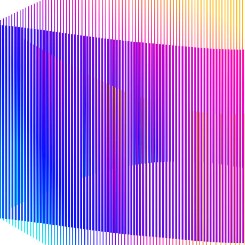 Synergy Blends
Synergy Blends
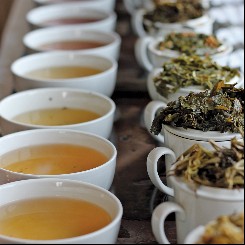 Miles Speciality Teas & Coffees
Miles Speciality Teas & Coffees
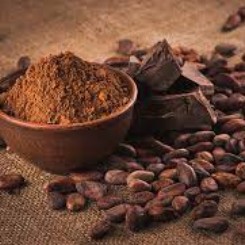 Chocolate one of life's passions
Chocolate one of life's passions